How to Grow a Successful Vegetable Garden This Year

Are you a gardener? Or are you thinking about trying your hand at gardening this year? It’s not as hard as you might think to grow a successful vegetable garden.
In most parts of the country it’s not too late to plant. Many garden crops can be started throughout the spring, even in some of the most extreme climates. And in some areas, garden crops can be started throughout much of the summer and into the fall.
I’ve had vegetable gardens since I was a child. Nothing beats the taste of fresh-picked, home-grown vegetables, unless it’s the knowledge that you are enjoying the fruits of your own labors (quite literally) at the dinner table.
Here are a few things I have learned about how to grow a successful vegetable garden. It’s not hard. With a little patience, just about anyone can grow their own vegetables. I have confidence that you can do it too.
This post contains affiliate links, which means I may earn some money if you click on one and make a purchase. It will not cost you any extra, and I will be grateful for your support. Read the full disclosure here.
Choose Your Garden Spot
Finding the right spot is essential for growing a successful vegetable garden. You want to choose a sunny spot. Ideally it needs at least six hours of sunlight daily, good drainage, and loose rich soil. While you can’t change the amount of sunlight a patch of ground gets, you can do things to improve the drainage. You can also add mulch, amendment, and topsoil if your garden soil needs some help.
You also want to locate it near a water supply, if possible, so you’re not constantly having to drag a hose around the yard.
Lay out your garden on paper before planting, being sure to give your crops enough space to grow. Rows should be about 12-18” apart. If you’re planting tomatoes, peppers, and squash, give them about a 3-foot circle. And tomato cages, which you can pick up at your local garden center, make growing tomatoes much easier than allowing the vines to trail along the ground.
If this is your first time at growing a garden, I recommend starting small to get a feel for growing vegetables in your area, and to see how much you enjoy gardening and whether you want to commit to a large garden. If you aren’t sure how big of a garden to start with, check out this post on garden sizes.
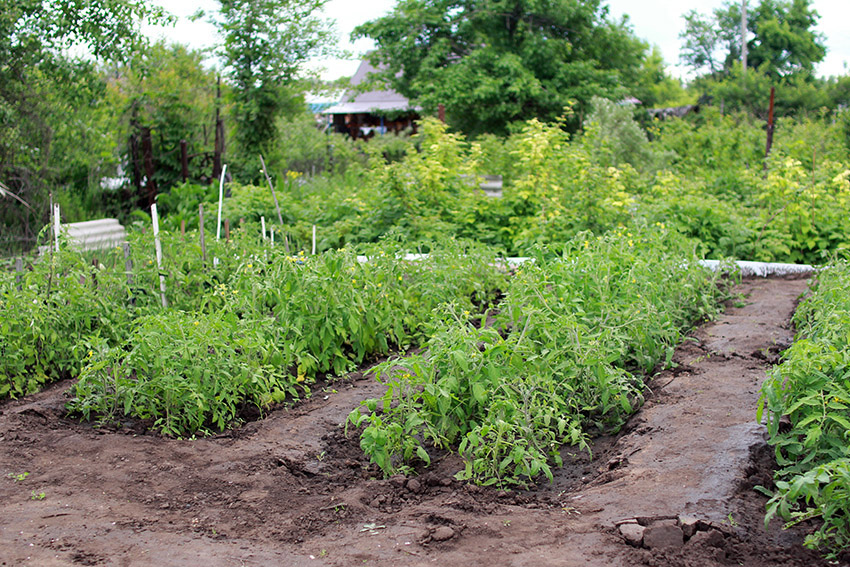
Prepare the Soil
Remove all the weeds and other plants from your garden site. Remove large rocks and old roots. Dig up your entire garden area to about a foot deep. You can do this by hand or with a rototiller, if you have one. Add four inches of clean compost and mix it into the loosened garden soil. Rake your garden smooth and then lay out your rows.
If you are concerned about how well vegetables will grow in your soil, you can test the soil for a minimal amount through your local cooperative extension office.
If you are planting raised bed garden, place your boxes at least 18” apart to allow room for easily walking and maneuvering between them. Fill your garden boxes with the garden soil recommended by your local nursery for vegetable gardening.
If you’re really limited for space, you can try container gardening on your patio. Choose containers that have good drainage and are deep enough to support the root systems. Plants like tomatoes and peppers, as well as root vegetables like carrots and beets, will need deeper pots than herbs or salad greens.
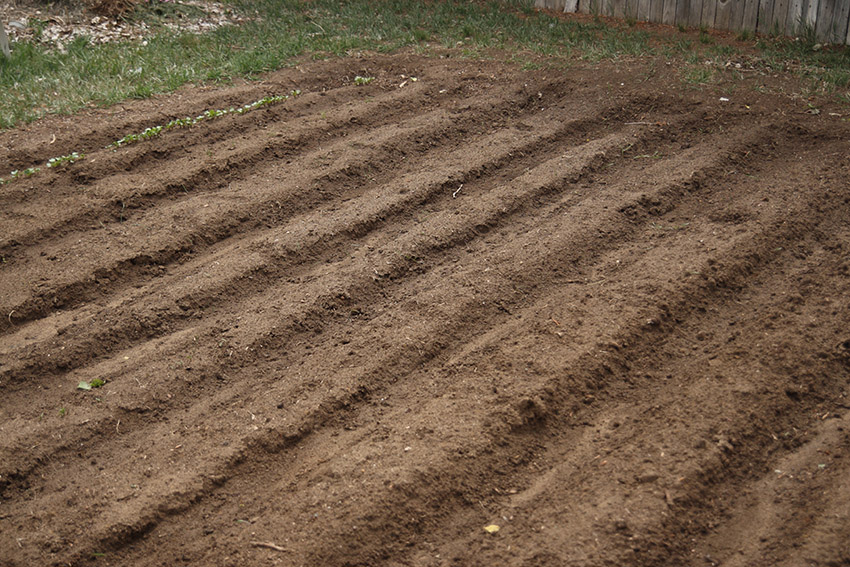
Select Your Plants
You can choose to grow your vegetables from seeds, from “starts” (small plants you buy at the nursery), or a combination of the two.
Some of the easiest plants for beginning gardeners are:
- Carrots
- Cucumbers
- Green Beans
- Lettuce
- Peppers
- Radishes
- Tomatoes
- Zucchini & Summer Squash

We usually choose to start our tomatoes, peppers, and squash from plants, and most of our other vegetables from seeds. Seeds will usually offer you more variety than plants, but if you have a shorter growing season like we do in Colorado, they do speed up the process a bit. Besides purchasing seeds from the garden store, seed catalogs are great if you want to try heirloom or unusual vegetable varieties. Some of my favorites are Seed Savers, Baker Creek Heirloom Seeds, and Sow True Seed,.
Radishes and carrots are a great first crop, especially if you’re gardening with children. My dad would always mix these two and plant them in the same row. They usually sprout quickly, and the earlier maturing radishes give the young carrots a little shade while they get started. Many radish varieties can be ready to pick in as little as 30 days.
Check out the USDA’s plant hardiness zones map to see when the best time to plant in your area is. You can also get this information from your cooperative extension, which may be even more specifically tailored to microclimates in your area.
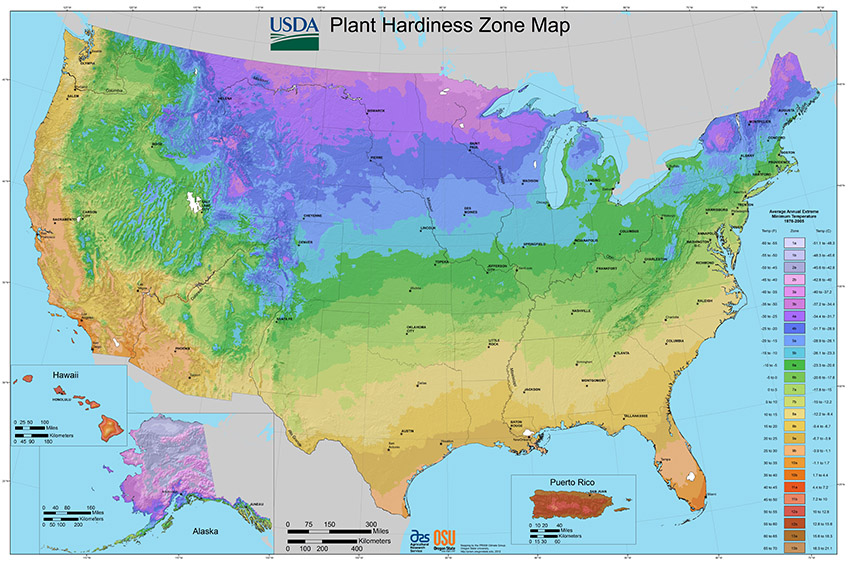
Mark Your Rows
Once your plants are in the ground, it can be hard to tell one young seedling from another. Marking your garden rows is not only practical, it can improve your garden aesthetics as well. I like these large reusable metal markers. They’re easy to read from across the garden and hold up well to the weather. Once your plants start producing, signs aren’t so important, but in the beginning, you’ll be glad to have them.
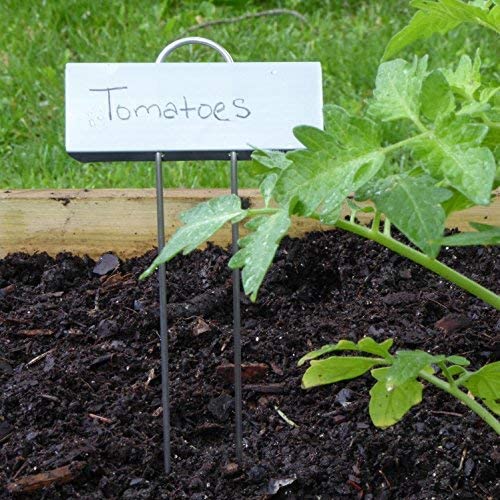
Set up a watering system
Making sure your vegetables get enough water is essential for good growth. Both overwatering and underwatering can reduce your garden’s yield. While hand watering is an option, I’ve found using a drip or soaker hose kit is much more effective and convenient as it delivers water right to the roots. We set up this combination drip/soaker system in our garden and it’s been a lifesaver. The best watering chart I’ve found is this watering chart from The Old Farmers’ Almanac.
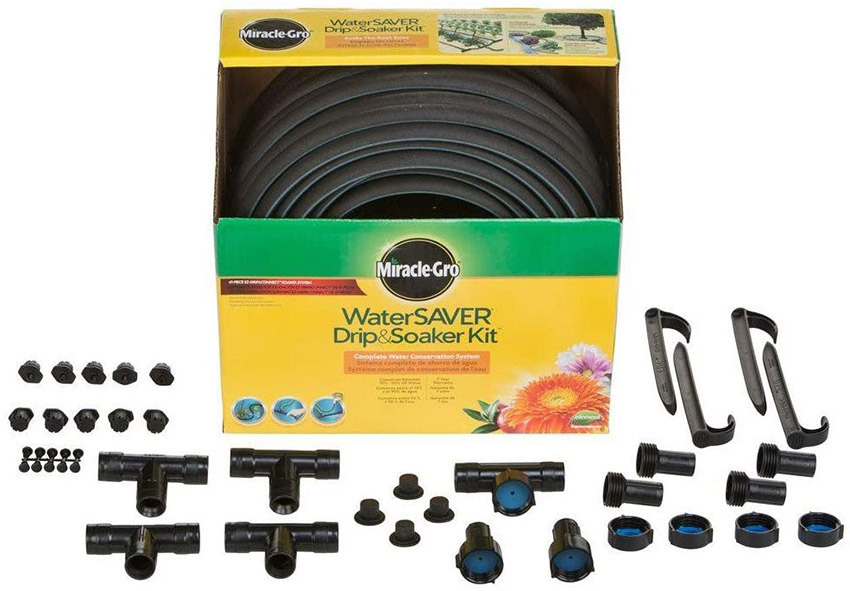
Whether you’re an experienced gardener or a food-producing novice, following these steps will help you grow a successful vegetable garden this year, and every year.
Do you have gardening questions? Would you like to share your gardening experiences? I’d love to hear from you in the comment section below.







